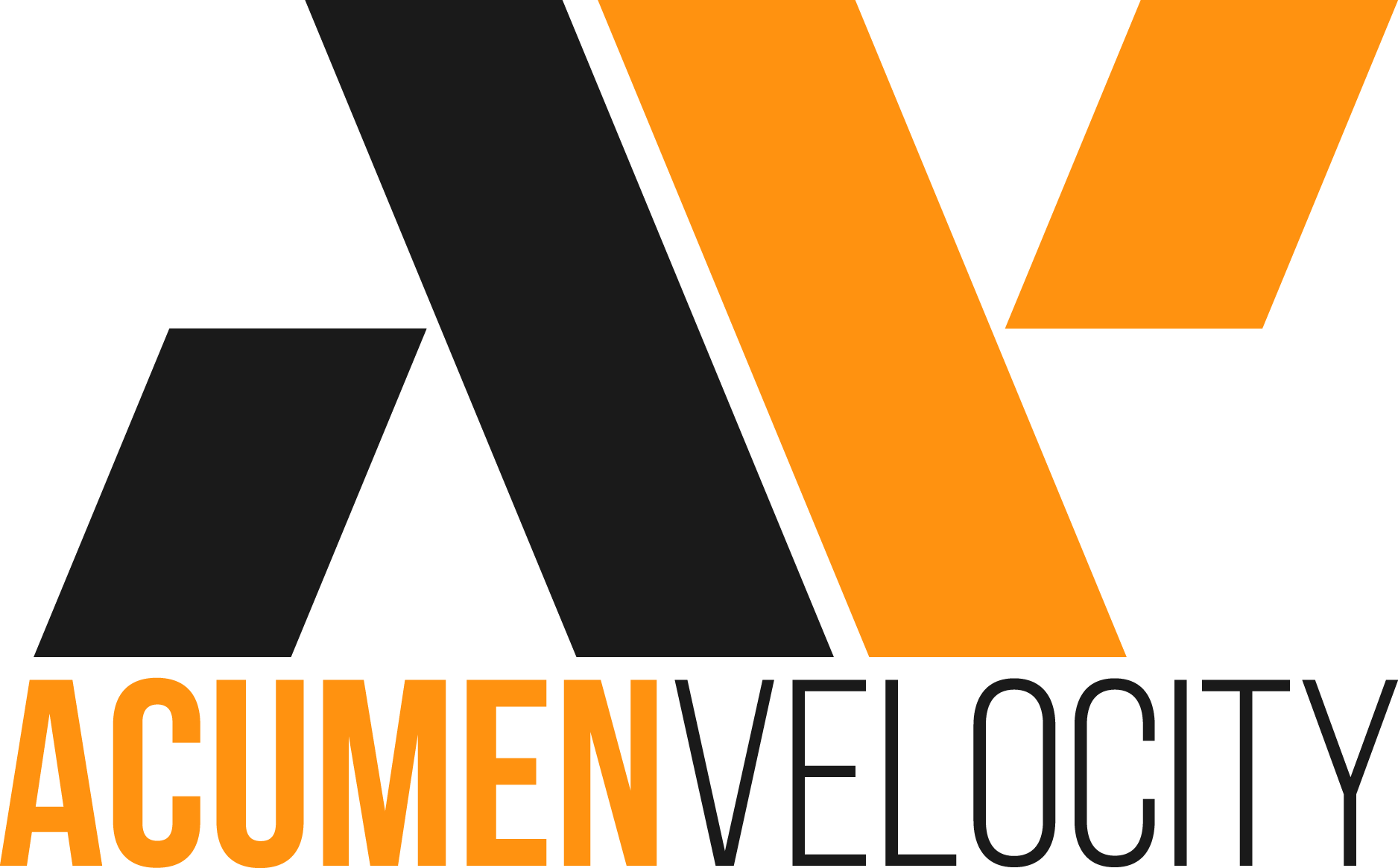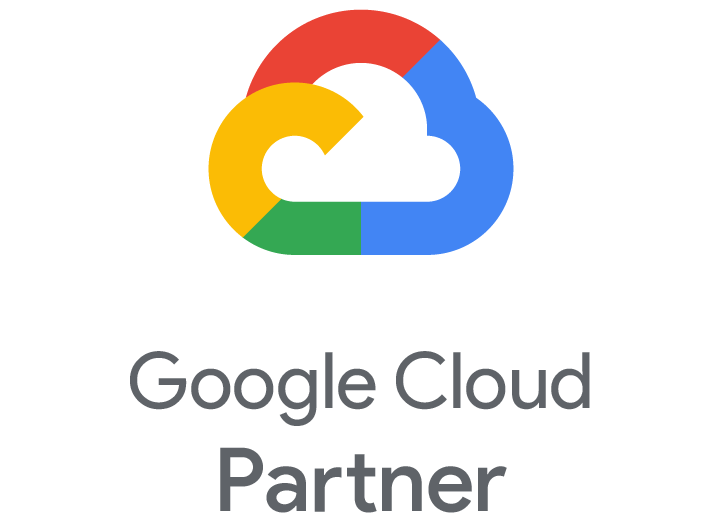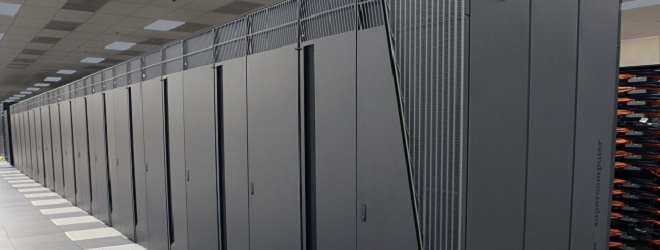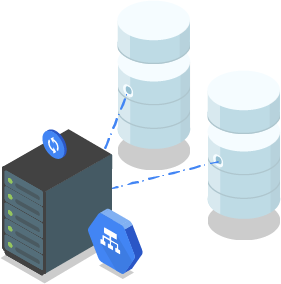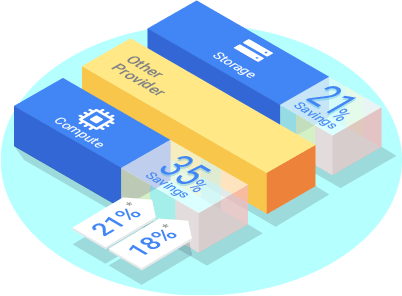A VPC network (Google Virtual Private Cloud network) is very similar to a physical network, except that it is virtualized within the Google Cloud Platform (GCP).
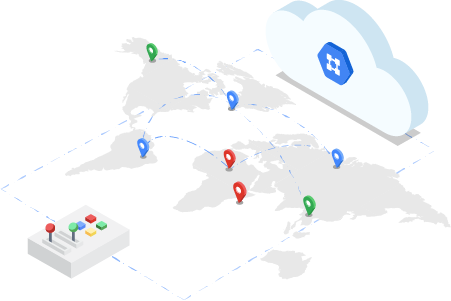
A VPC network is a global resource which consists of a list of regional virtual subnetworks (subnets) in data centers, all connected by a global wide area network. VPC networks are logically isolated from each other in the Google Cloud Platform.
Compute Engine lets you create and run virtual machines on Google infrastructure. There are no upfront investments and you can run thousands of virtual CPUs on a system that is designed to be fast and to offer consistent performance.
You can create a virtual machine instance by using the GCP console or the gcloud command line tool.
Your VM can run Linux and Windows Server images provided by Google or customized versions of these images.
GCP lets you import images from many of your physical servers. When you create a VM, all you need to do is select a machine type & determine how much memory, how many virtual CPUs you need.
You can select a range of VM’s depending on your need, very small to very large.

In the event that you can’t find a predefined type that meets your needs perfectly, you can make a custom VM by specifying the needed processing power and depending on whether you have existing workloads, like machine learning and data processing, you can can take advantage of GPUs, many GCP zones have GPUs available for your use.
VMs need disks too, just like normal computers do.
You can choose two kinds of storage:
1) Standard Storage
2) SSD storage – Persistent

If your application needs high performance scratch space, you can attach a local SSD. But be sure to store data of permanent value somewhere else, because local SSD’s content doesn’t last after the VM terminates.
That’s why the other kinds are called persistent disks. Anyway, most people start off with standard persistent disks and that’s the default.
You also choose a boot image. GCP offers lots of versions of Linux and Windows ready for your use.
